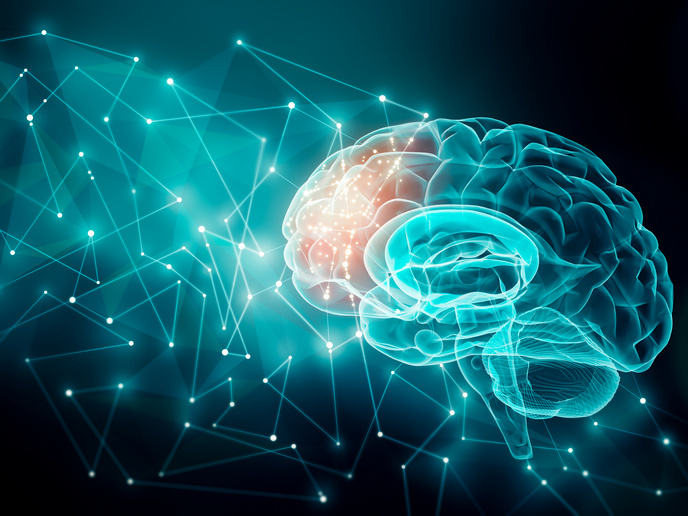A virtual simulator of the human heart
The heart is a critical organ in the human body. Cardiovascular diseases are responsible for over 45 % of death in Europe. The heart is also remarkably complex, and unique to individuals. Learning more about the underlying function of the heart will lead towards more personalised treatments for heart defects. In the iHEART(opens in new window) project, which was funded by the European Research Council(opens in new window), a team of researchers led by Alfio Quarteroni, professor of Numerical Analysis at the Polytechnic University of Milan(opens in new window), have developed a virtual simulator of the heart. This computational model acts as a powerful tool to enhance our understanding of cardiac function, shedding light on the heart’s intricate mechanisms, and supports clinical decision-making. “Beyond its educational value, this model has significant applications in the medical field, providing essential support to healthcare when making medical judgements and devising strategies for addressing various heart-related conditions,” explains Quarteroni, principal investigator in the iHEART project.
Advancing mathematics to study the human heart
To create the virtual heart, the team analysed mathematical and physical properties of several core cardiac models before combining them into one model. Among the properties the researchers analysed are electrophysiology, active and passive mechanics, fluid dynamics, valve kinetics, blood circulation, myocardial perfusion(opens in new window), and the conduction of electric signals across the torso. “The iHEART model is designed to describe all these elements, and by harmonising and coupling them, we have created a unified and biophysically detailed model of cardiac function,” says Quarteroni. The project’s most significant outcomes are rooted in these mathematical developments, along with the subsequent simulation. The team pioneered the development of advanced high-order approximation techniques, which enhanced the simulation precision. The team also created new algebraic solvers to optimise computational performance, and integrated state-of-the-art concepts and methodologies from scientific machine learning into the research. “These groundbreaking contributions culminated in a significant number of research papers in prestigious journals, spanning the fields of mathematics, bioengineering and medicine,” adds Quarteroni.
The iHEART simulator
The newly developed iHEART simulator is unique in its capability to seamlessly amalgamate and replicate intricate cardiac processes within a unified platform. “This high degree of integration affords unparalleled biophysical accuracy when simulating heart function and related diseases,” says Quarteroni. “It represents a groundbreaking advancement in the field of computational cardiology, offering a unique and comprehensive approach to simulate the heart on a computer.” Alongside the simulator, the team also developed a set of software libraries, complete with complex cardiac functions, which are available to a wide community of users, including those with backgrounds in medicine and bioengineering.
Medical applications
The iHEART simulator is expected to play a pivotal role in advancing our understanding of cardiac diseases, ultimately leading to innovative therapies. “Our visionary ambition is to seamlessly integrate computer-based numerical simulations of cardiac function into the field of both bioengineering and clinical practice, with the goal of creating cardiac digital twins,” notes Quarteroni. iHEART is actively contributing to the diagnosis and treatment of various cardiovascular pathologies through collaborations with numerous clinical divisions, both in Italy and abroad. “We envision that the iHEART model will significantly contribute to the diagnosis and treatment of cardiovascular pathologies, fostering advancements in cardiac healthcare for the benefit of patients worldwide.”







